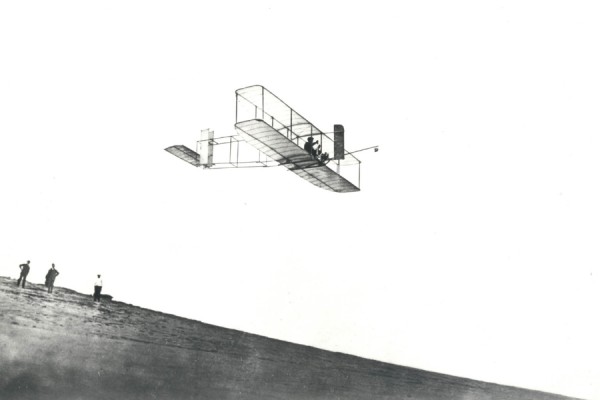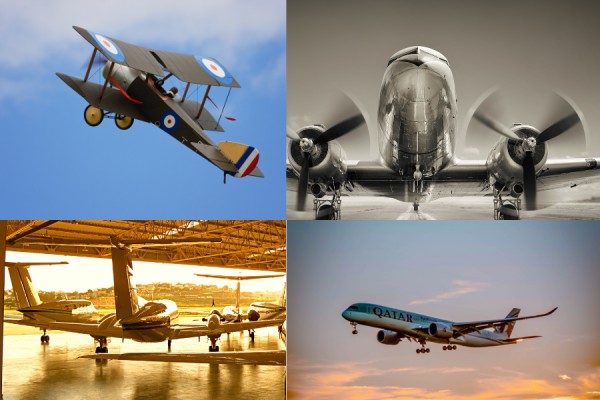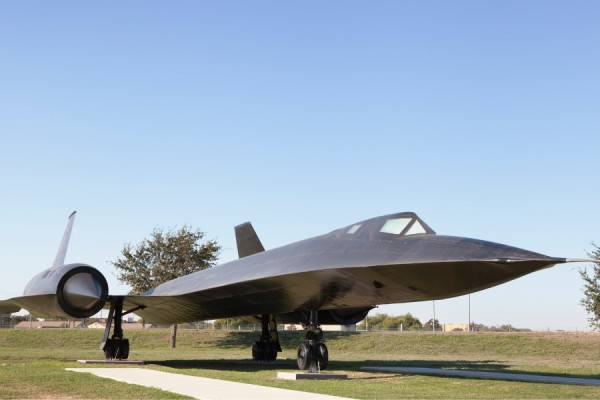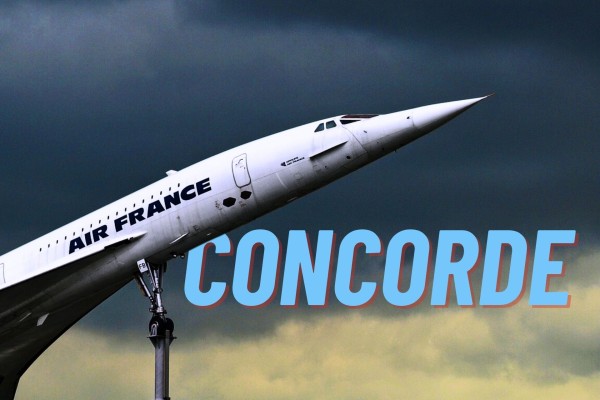- History
- 1 year before
A Brief History of the Zeppelin.
Why are Zeppelins not so widely used anymore when they are widely used? Characteristics of zeppelins, history and general information about popular types of zeppelins
-

- 1 year before
- Category: History
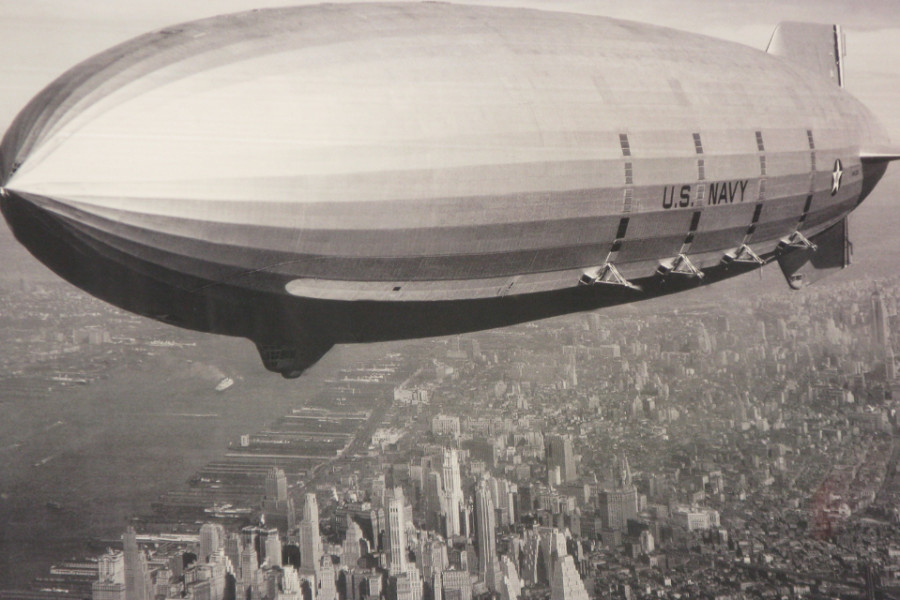
Historical Development of Zeppelin
The Zeppelin names comes from the German Count Ferdinand von Zeppelin, inventor of the first solid airship in the 19th century. The first airliner named after its inventor, LZ-1, made its first flight in 1900. A new era in aviation began with the airship, the innovative aircraft.
After the appearance of the first zeppelin, zeppelins began to become popular in the early 20th century, often used for both civilian and military transport. The airship has become a stylish and distinctive means of transport for wealthy elites. Over time, the airship began to be used militarily, especially the I and II. He also played an important role in World War II.
Popular Zeppelins and Features
LZ-127 Graf Zeppelin: One of the most famous zeppelins, LZ-127, which made its maiden flight in 1928, is 776 meters long and is designed for long-distance passenger travel at a maximum speed of 80 miles per hour. This airliner, which successfully completed numerous transatlantic voyages, had become a symbol of modernity and luxury during its use.
LZ-129 Hindenburg: The Hindenburg is perhaps the most famous airliner in the world, which made its mark on the history of its most popular airship of the time with its accident. Although the LZ-129 Hindenburg entered service in 1936, it burned down completely with the 1937 accident at Lakehurst, New Jersey. Despite its short service, it left a lasting impression on the public perception of the airship.
LZ-130 Graf Zeppelin II: Flying in 1938, this airliner was the last passenger-carrying airship built by Germany before World War II. Unfortunately, due to the outbreak of the Second World War, it was used primarily for military purposes.
Uses of Zeppelins:
Passenger Transport: Zeppelins In the early 20th century, Zeppelins offered a unique experience transportation experience for passengers. With their spacious cabins, panoramic windows and their smooth flight in the sky, they brought the sense of luxury and adventure to the fore. But the tragic Hindenburg disaster marked the beginning of the end for passenger zeppelins.
Military Applications: Zeppelins played an important role in pioneering air warfare. During the First World War, it was used for aerial intelligence missions, patrolling the borders and enemy territory. However, as advances in aircraft technology gained momentum, the military importance of the remaining weakly air defense-oriented zeppelins diminished.
**Nowadays, mini-zeppelins with a focus on border surveillance are used.
Scientific Research: Zeppelins have also been used for scientific expeditions, exploration and research missions, except during the war years. Zeppelins were excellent platforms for observing atmospheric conditions and conducting research, because they could stay in the air for long periods of time and travel great distances.
Advertising and Propaganda: Zeppelins were used as mobile billboards in the early days of aviation to market various products and opportunities. Many countries also used the zeppelins they had as propaganda tools to demonstrate their military strength and national pride.
The era of the zeppelin may be out of date, but the reputation of the pioneers in aircraft carrier technology remains. These magnificent aircraft made a lasting impact in the history of aviation, from the development of the first zeppelin to passenger travel, military operations and significant contributions to scientific research. There are some zeppelins that are used today with a border surveillance, advertising focus, but they are no longer the main mode of transportation, but their spectacular charm and fascinating history are still a favorite among aviation enthusiasts and historians alike.

